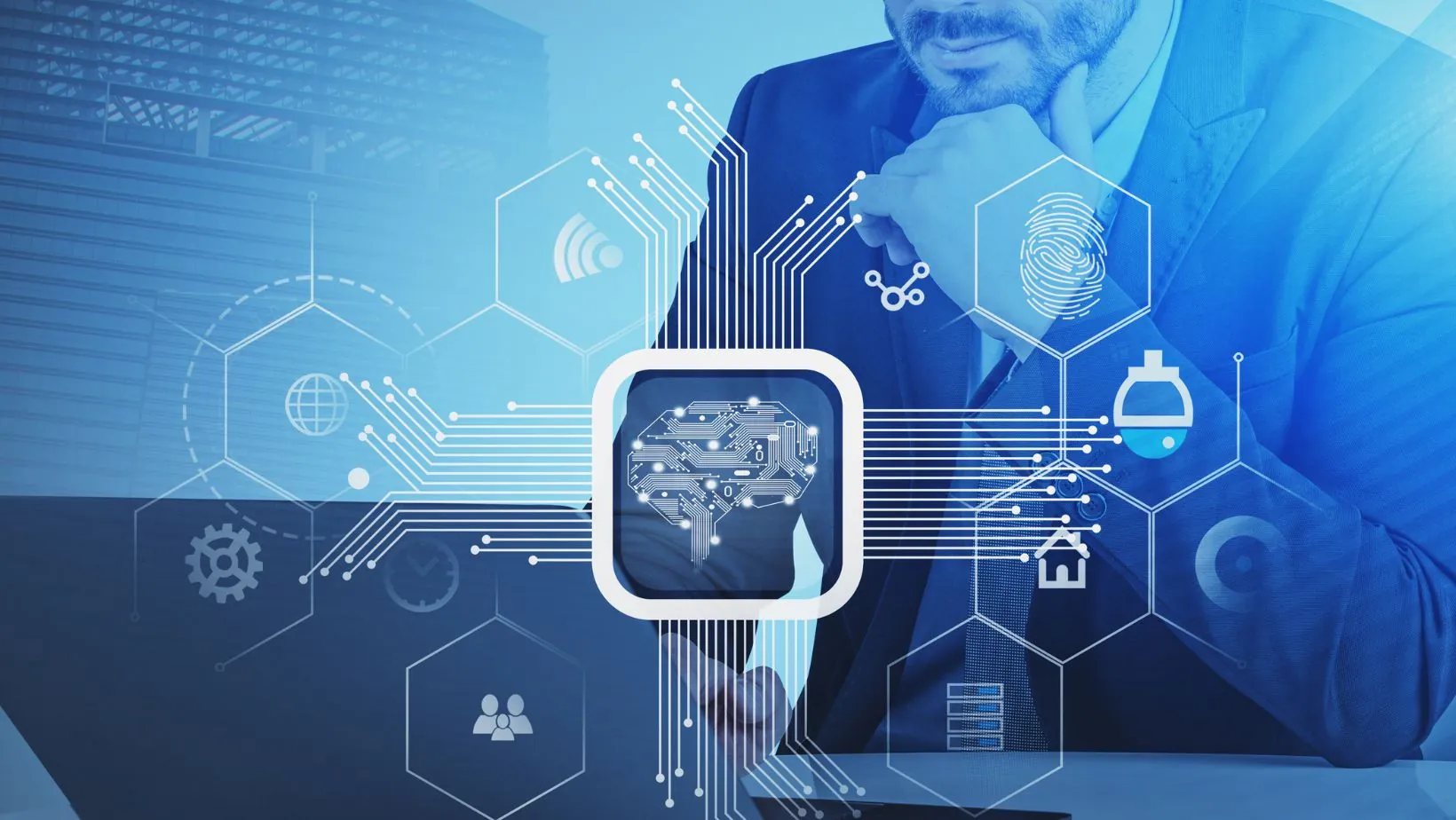Introduction
Mastery learning is a transformative approach where students move forward only after fully understanding a topic. Unlike traditional models that rely on a one-size-fits-all pace, mastery learning emphasizes personalized progression, continuous feedback, and targeted support. Modern educational technology now makes it possible to create customized learning paths that cater to individual needs. This article explores how technology can support mastery learning, examines the benefits and challenges, and offers practical strategies for successful implementation.
Understanding Mastery Learning
Mastery learning revolves around ensuring that students achieve a deep understanding of subject matter before progressing. This method stands in contrast to conventional grading systems, where students may advance despite incomplete mastery.
Key Principles of Mastery Learning
- Personalized Pacing: Students progress based on their understanding rather than a fixed schedule.
- Continuous Assessment: Regular checks and feedback address learning gaps promptly.
- Targeted Interventions: Data-driven insights help tailor support to individual needs.
- Competency Over Completion: The focus is on acquiring skills and knowledge rather than simply finishing assignments.
The Role of Educational Technology in Mastery Learning
Technology enables more individualized learning experiences. Digital platforms provide environments where mastery-based learning can thrive.
Adaptive Learning Software
Adaptive learning systems modify content and challenge based on student performance. Benefits include:
- Customized Learning Paths: Algorithms adjust content to match individual needs.
- Instant Feedback: Real-time insights help students identify and address weaknesses immediately.
- Actionable Data: Educators receive detailed reports that highlight areas needing improvement.
Learning Management Systems and Integration
Learning management systems are evolving to support mastery-based methods. For example, platforms like Canvas offer integration that supports structured pathways for content review and reassessment. Incorporating such systems helps streamline the learning process and makes tracking student progress more efficient.
Digital Assessment Tools
Regular, formative assessments are key to mastery learning. Digital tools such as online quizzes, interactive simulations, and project-based tasks:
- Measure Deep Understanding: They assess a student’s ability to apply concepts rather than just memorize them.
- Encourage Self-Reflection: Immediate feedback allows students to learn from their mistakes.
- Recommend Remediation: Systems can suggest additional resources based on assessment outcomes.
Benefits of Mastery Learning with Technology
Improved Student Outcomes
When students advance at their own pace, they are more likely to gain a thorough understanding of the material. This model helps:
- Minimize Learning Gaps: Continuous assessment and feedback help overcome challenges.
- Build Confidence: Mastery of content fosters self-efficacy and a positive attitude toward learning.
- Enhance Long-Term Retention: Deep learning promotes lasting knowledge and skill development.
Personalized Learning Experiences
Technology-enabled mastery learning offers:
- Tailored Content Delivery: Learning materials can be adjusted to fit different learning styles.
- Flexible Progression: Students are not rushed and can take the necessary time to master concepts.
- Customized Feedback: Detailed analytics allow educators to offer precise, actionable insights.
Data-Driven Decision Making
Technology generates valuable data that informs teaching:
- Performance Analytics: Teachers can monitor progress and identify trends in real time.
- Early Intervention: Data helps pinpoint students who need extra help before problems escalate.
- Curriculum Refinement: Aggregate insights guide adjustments to course design and instructional methods.
Challenges of Implementing Mastery Learning
Technological Barriers
Some challenges include:
- Access to Devices: Not all students have reliable hardware or internet connectivity.
- Software Compatibility: Integrating different digital tools can be complex.
- Initial Investment: The upfront cost for technology and training may be high for some institutions.
Changing Mindsets
Shifting from traditional teaching methods to mastery learning requires cultural change among educators, students, and parents:
- Teacher Training: Educators need to learn new pedagogical approaches and digital tools.
- Student Adaptation: Learners accustomed to conventional grading may struggle with self-paced progress.
- Parental Understanding: Parents may need reassurance about the benefits of a competence-based model.
Managing Workload
A mastery-based approach can increase the workload for educators:
- Frequent Assessments: Regular evaluations demand time and careful planning.
- Data Management: Teachers must analyze large amounts of performance data.
- Balancing Needs: Ensuring that every student receives individual attention can be challenging in diverse classrooms.
Practical Strategies for Successful Implementation
Developing a Phased Rollout Plan
Introduce mastery learning gradually to ensure a smooth transition:
- Pilot Programs: Begin with a small group or single subject to test the approach.
- Incremental Integration: Slowly add technology and new assessment methods.
- Feedback Loops: Regularly gather input from students, educators, and parents to refine the process.
Professional Development and Support
Ongoing teacher training is crucial:
- Workshops and Seminars: Offer regular sessions on digital tools and mastery-based techniques.
- Mentorship Programs: Pair experienced educators with those new to the model.
- Dedicated Technical Support: Ensure access to help for troubleshooting and best practices.
Designing a Flexible Curriculum
A flexible curriculum supports individualized progression:
- Modular Content: Break down material into smaller, manageable units.
- Clear Competencies: Define learning outcomes for each module so students know what mastery looks like.
- Supplemental Resources: Offer additional materials, such as videos and interactive activities, to support diverse learners.
Utilizing Technology Effectively
Integrate the right tools to support mastery learning:
- Choose Robust Platforms: Select software that offers adaptive learning and comprehensive assessment tools.
- Ensure Seamless Integration: Tools should work together to provide a cohesive learning experience.
- Monitor and Adjust: Continuously assess the effectiveness of the technology and make necessary changes.
Encouraging a Growth Mindset
A growth mindset is essential for mastery learning:
- Celebrate Progress: Recognize small achievements to motivate continued effort.
- Foster Resilience: Teach students to view challenges as opportunities to learn.
- Promote Self-Reflection: Encourage regular self-assessment and goal-setting.
Case Studies and Success Stories
Example 1: High School Mathematics
A high school introduced a mastery-based approach in its math department using adaptive software. The program ensured that students mastered foundational concepts before moving on. Teachers observed improved confidence and performance, with data allowing them to tailor instruction to common areas of difficulty.
Example 2: University Science Courses
In a university setting, instructors implemented modular learning in introductory science courses with digital assessments. Personalized learning paths helped students progress at their own pace. Regular formative assessments and targeted feedback led to higher engagement and overall course satisfaction.
Example 3: Blended Learning in a Community College
A community college blended traditional instruction with online mastery modules. Using an integrated system, teachers monitored student progress in real time and provided timely interventions. Despite the initial challenges, the program resulted in higher course completion rates and improved learning outcomes.
The Future of Mastery Learning
Emerging Trends
- Artificial Intelligence: AI-driven tools will further personalize learning by providing targeted recommendations and real-time feedback.
- Virtual and Augmented Reality: Immersive technologies may offer new ways to visualize and interact with complex concepts.
- Integrated Platforms: Future systems will likely merge various digital tools into a single, unified ecosystem for easier management.
The Evolving Role of Educators
Educators will shift from traditional lecturers to facilitators:
- Guiding Learning Journeys: Teachers will support students as they navigate personalized learning paths.
- Data-Driven Instruction: Instruction will be informed by analytics and real-time performance data.
- Empowering Autonomy: By encouraging self-directed learning, educators can foster independence and lifelong learning skills.
Institutional Transformation
Implementing mastery learning is more than a technological upgrade—it is a cultural shift:
- Policy Revisions: Institutions may need to revise assessment and graduation policies to align with mastery-based principles.
- Continuous Investment: Ongoing investment in technology and training is essential for sustaining this model.
- Collaborative Communities: Schools that promote collaboration and share best practices will likely see greater success.
Conclusion
Mastery learning supported by modern technology offers a promising path to more personalized and effective education. By ensuring that students fully grasp each concept before moving forward, this approach minimizes learning gaps and builds long-term competence. While challenges such as technological barriers and increased workload exist, careful planning, professional development, and a commitment to a growth mindset can lead to successful implementation. As educational institutions continue to adapt to digital advancements, integrating mastery learning practices—with platforms like Canvas to support these initiatives—will help prepare students for a future of continuous learning and achievement.





